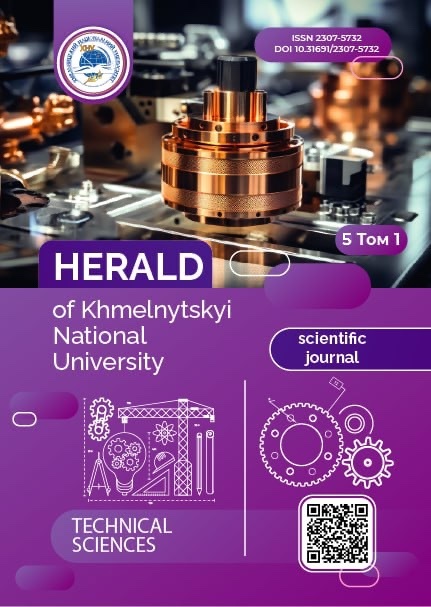POSSIBILITY OF USING PHYSICO-CHEMICAL METHODS FOR QUALITY CONTROL OF POLYETHYLENE PIPES
DOI:
https://doi.org/10.31891/2307-5732-2025-357-34Keywords:
pipes, high-density polyethylene, physicochemical control method, defectsAbstract
Modern industry and utilities require the use of an extensive network of pipelines for the transportation of process fluids, gases, and water. Classic steel pipes connected by welding have a limited service life due to corrosion, metal aging, accumulation of contaminants, and difficulty in installation and repair.
An alternative to steel pipes is currently the use of pipes made of high-density polyethylene (HDPE), which has numerous advantages - no corrosion, resistance to temperature extremes and freezing, low weight, and ease of welding.
The time of flight diffraction (TOFD) method is quite accurate and in some cases can completely replace the use of the X-ray method. According to the analysis of the results obtained from the time of flight diffraction method and radiography, the TOFD method allows measuring the size of the defect and its depth in the material. In particular, the TOFD method is more sensitive to defects such as plane cracks compared to RT. In addition, this type of ultrasound is distinguished by safety, the practical absence of consumables and the speed of obtaining results.
This article considers aspects of the diffraction-time method of ultrasonic quality control of welded joints of polyethylene pipelines.
Comparative tests of DCHM, radiographic method (only gamma radiation) and traditional ultrasound showed a probability of detecting a defect of 70-90% for DCHM versus 60-70% for radiography and 50-65% for ultrasound.
The penetrant method has demonstrated high efficiency, but only for defects that appear on the surface of the controlled product. The use of the diffraction-time ultrasonic testing method can be recommended to replace destructive testing of the quality of welded joints, provided that the method is adapted to the peculiarities of the physicochemical properties of polyethylene pipes.
The work established that the use of the diffraction-time method of ultrasound with longitudinal waves, according to the above advantages of the method, will have positive results in the case of selecting the optimal frequency of the transducer and the design of the prism, as well as the optimal focusing depth of the transducers to reduce near-surface "dead zones".
Downloads
Published
Issue
Section
License
Copyright (c) 2025 СЕРГІЙ ГЛАБЕЦЬ, ОЛЕНА КРЮКОВА, ІРИНА ЛЯШОК, ОКСАНА БУТЕНКО (Автор)

This work is licensed under a Creative Commons Attribution 4.0 International License.

